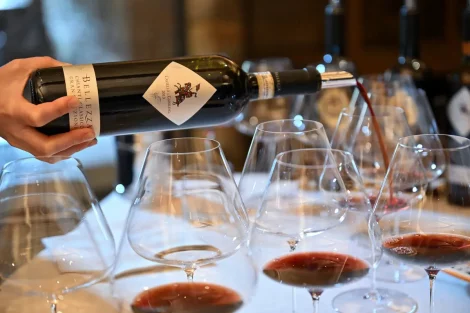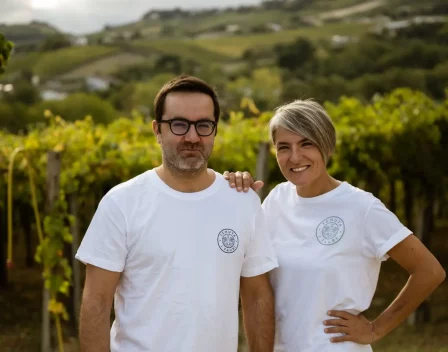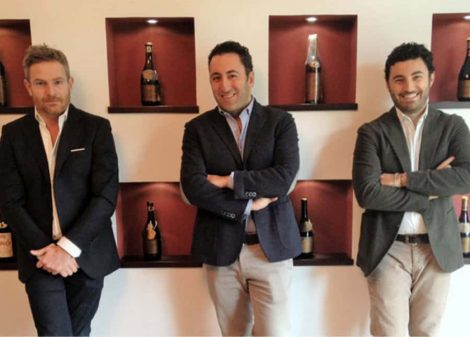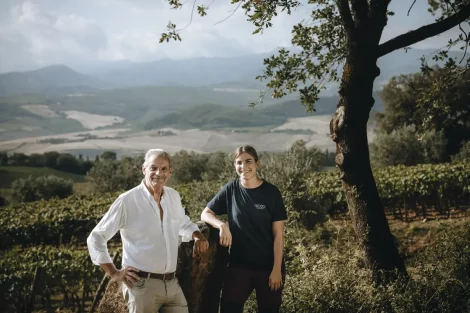Rising production costs, reduced consumer purchasing power, and global economic recession are at the top of the list of concerns for the 1,300 wine industry experts worldwide (producers and trade professionals alike), surveyed at the end of 2024 in the latest edition (the eighth) of Prowein's Business Report titled The Future of Wine. Once again, the study relied on the Geisenheim University to gauge market sentiment for the coming years.
The sector, described as being at a "critical crossroads" by Simone Loose, head of the Institute for Wine and Beverage Business at the German university, is also affected by additional negative factors. These include reduced wine consumption for health reasons, a shift in consumer preference from wine to other beverages (particularly in the U.S. market), and restrictive alcohol policies. On top of these, uncertainties surrounding import tariffs under the next Trump administration and China’s political decisions further cloud the outlook. Indeed, 2024 was not a stellar year. Rather, it dealt the industry another blow to its sales volumes, albeit not as severe as in 2023.
Volume declines in 2024
Most producers, especially those in Germany, Austria, and France, reported a drop in wine sales volumes during 2024, with Portugal being the notable exception. Alongside lower sales compared to 2023, respondents noted a shift in preferences towards wines in lower price brackets, particularly pronounced in Portugal, France, and the New World. On the trade side, the sharpest declines were reported in North America, Austria, Switzerland, and Germany. The main markets adopting a low-cost approach included the UK, Scandinavia, and North America.

Outlook for 2025: pessimism among Italians
For wine producers, 2024 was considered economically more challenging than the previous year, especially for those in France, Italy, Austria, and Germany. In 2025, the most pessimistic producers are German, Austrian, and Italian, while the French, Spanish, Portuguese, and New World producers are more optimistic. Among wine retailers, expectations for 2025, as highlighted in the Prowein report (the trade fair will take place in Düsseldorf from 16-18 March), are positive for the Netherlands, the UK, and Southern Europe, with less optimism for Austria, Switzerland, Germany, and Eastern Europe.
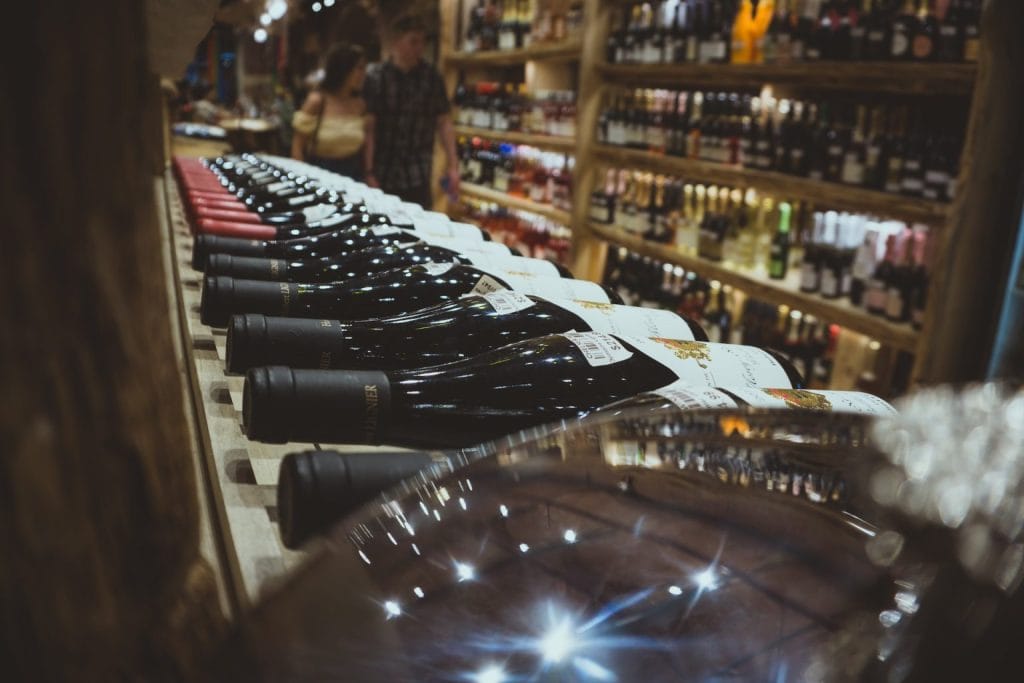
Trends: sparkling, whites, and no-low alcohol wines
What were the consumption trends in 2024, and what are the predictions for 2025/26? The operators surveyed by Prowein noted an increase in purchases of sparkling wines, whites, rosés, and no-low alcohol wines in 2024. In particular, whites and sparkling wines lead preferences across all international markets; low-alcohol wines were noted as growing primarily in Europe (Southern and Eastern countries) and Scandinavia. De-alcoholised wines are seen as having high growth potential in the Netherlands, Germany, and Austria.
Additionally, non-alcoholic beverages such as sparkling teas and kombucha are gaining popularity in the UK and Ireland, as well as Belgium and the Netherlands.
For red wines, according to the Prowein Business Report 2025, they are perceived as less trendy compared to de-alcoholised wines in most markets, except in Southern and Eastern Europe. Natural wines and orange wines remain popular in the UK, Southern Europe, and the Netherlands. Finally, fortified wines, flavoured wines, and so-called proxy wines are considered less trendy.
Future price segments
With a focus on changes in future price ranges, Prowein and Geisenheim University highlight that wine retailers in the Netherlands and Germany foresee growth in the market share of premium and super-premium wines. Conversely, North America, Switzerland, Scandinavia, and Austria predict a decline. For mid-range wines, retailers in the Netherlands, Southern Europe, and Scandinavia estimate an increase, contrasting with those in North America and Eastern Europe.
Overall, most retailers surveyed foresee growth in the market share of popular and entry-level wines, particularly in Austria, Switzerland, the UK with Ireland, Scandinavia, and Germany.

Premiumisation no longer sustainable
Another significant signal from Prowein concerns premiumisation, a phenomenon that has driven the wine world over the past 20 years. A key point to note is that half of the respondents believe that, in the current economic recession, the cost of premium and super-premium wines has reached unsustainable levels, limiting the potential for further growth.
This indicates that the wine industry must now attract new, younger consumer groups to replace those in the premium wine segment. One way to achieve this is by linking production—and thus communication about these wine categories—to concepts of sustainability and unique, exclusive experiences.
Adapting to new tastes
In conclusion, the message and warning from the Düsseldorf trade fair is clear. Simone Loose puts it succinctly: “While the most severe consequences of rising costs seem to have been overcome in most markets, both wine producers and traders now face the challenge of quickly adapting to new consumer tastes. They will need to do so by creating new products and developing equally innovative communication strategies, which will be essential to ensure wine remains competitive against other beverages.”


 Q&A: Xiaowen Huang
Q&A: Xiaowen Huang Foresight and a sensitivity for beauty: here is the Winery of the Year
Foresight and a sensitivity for beauty: here is the Winery of the Year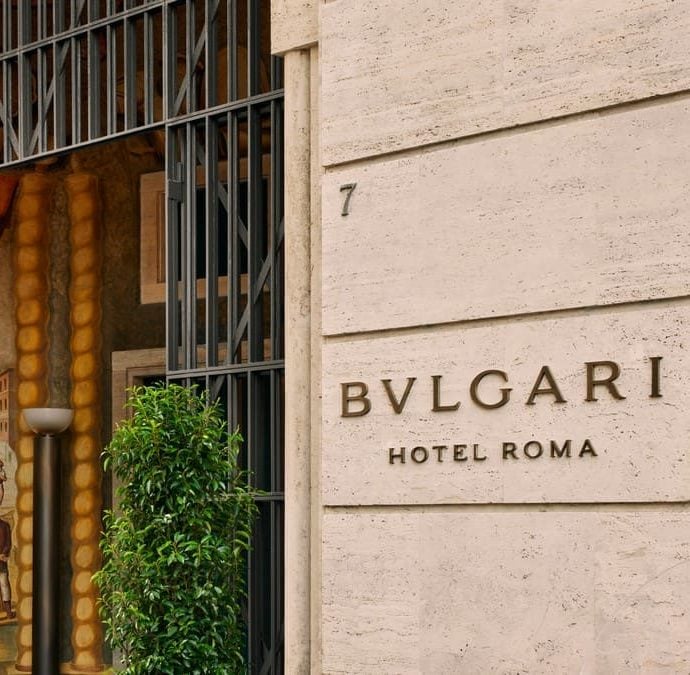 Niko Romito restaurants to offer all-female wine lists
Niko Romito restaurants to offer all-female wine lists 'A trattoria as Restaurant of the Year? It’s right to reward quality, it’s not a given'
'A trattoria as Restaurant of the Year? It’s right to reward quality, it’s not a given' What's holding European wine tourism back?
What's holding European wine tourism back?

